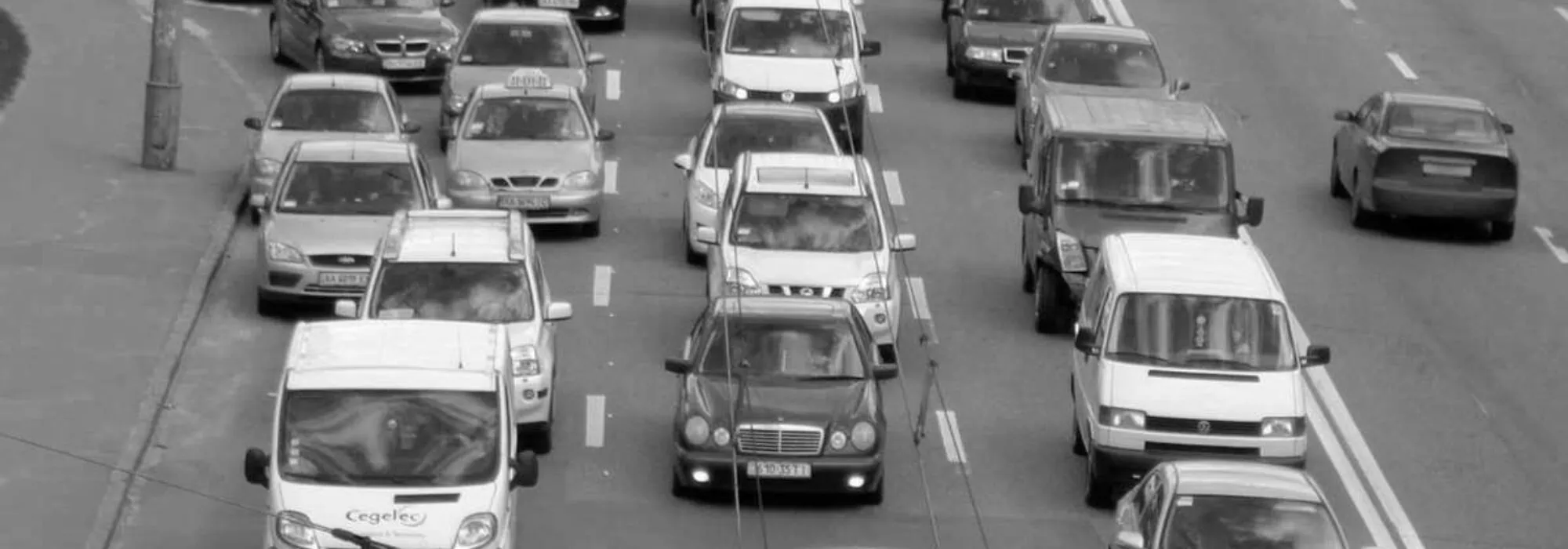
The recent rapid growth in traffic congestion in The Netherlands has revived discussions on how to best deal with this persistent challenge for urban policy makers. It was already back in the 1920’s that the Cambridge economist Arthur Pigou developed what is to date the textbook analysis of the economics of traffic congestion; including a clear policy advice. In brief: because car users, when entering a congested road, not only incur travel costs themselves but also cause travel times to increase for all others on that road, they impose a time cost upon one another. As a result, the market outcome is not efficient: road users only consider their own cost when making travel decisions so that there will be over-consumption of trips from a societal perspective. Pigou showed that, to fully restore efficiency in this “failing” market, one should impose a corrective tax, the level of which should be just equal to the cost that an individual driver imposes on all others – the “marginal external cost”. This is, in a nutshell, the economic motivation behind road pricing for congestion management, as currently practised in cities like London, Stockholm and Singapore.
No matter how compelling Pigou’s case may be for an economist, and no matter how effective road pricing applications may have proven to be in practice, proposals to introduce such measures usually meet fierce opposition. One of the key factors underlying such opposition concerns the policy’s main distributional impact: there will be a net financial flow from road users to the road operator. No wonder that so-called “Spitsmijden” (Peak Avoidance) projects in which road users are financially rewarded to avoid the peak, are much more popular among road users than road pricing, even though they have proven to be remarkably effective in affecting behaviour and thus require road users to make the same sort of changes in daily mobility choices. Still, the advantage of greater acceptability comes at some costs. Subsidization where pricing is justified is less efficient, in particular because it attracts additional demand. In addition, it is usually the case that the budgets for rewards are finite and thus restricted to a limited scope and period.
Given these pro’s and con’s of taxation and subsidization, it is an intriguing question whether a budget-neutral mix may offer an attractive compromise, which could at the same time be relatively efficient, reasonably acceptable, and financially sustainable. One way to achieve budget neutrality is through the introduction of tradable peak permits. In such a system, road users get a number of rights to use their cars in peak hours in a given period for free, and can sell or buy permits depending on how successful they are in reducing peak hour road use. Those who reduce peaks trips more than the target can sell permits and are thus rewarded in a financial sense, while the opposite holds for those who choose to buy additional permits. The financial flows will go between road users, rather than between them and a road operator – hence the aggregate budget neutrality.
We are excited that we will be able to test this type of measure in our project U-SMILE, jointly with a number of other academic groups and cities in The Netherlands. Besides model studies and a lab experiment, we will actually implement the system in real life. Of course, we are very anxious to see how the system performs, and how effective it will be. No speculations on the outcomes at this moment – we promise to make our results public as soon as we can!
Erik Verhoef
June, 2017